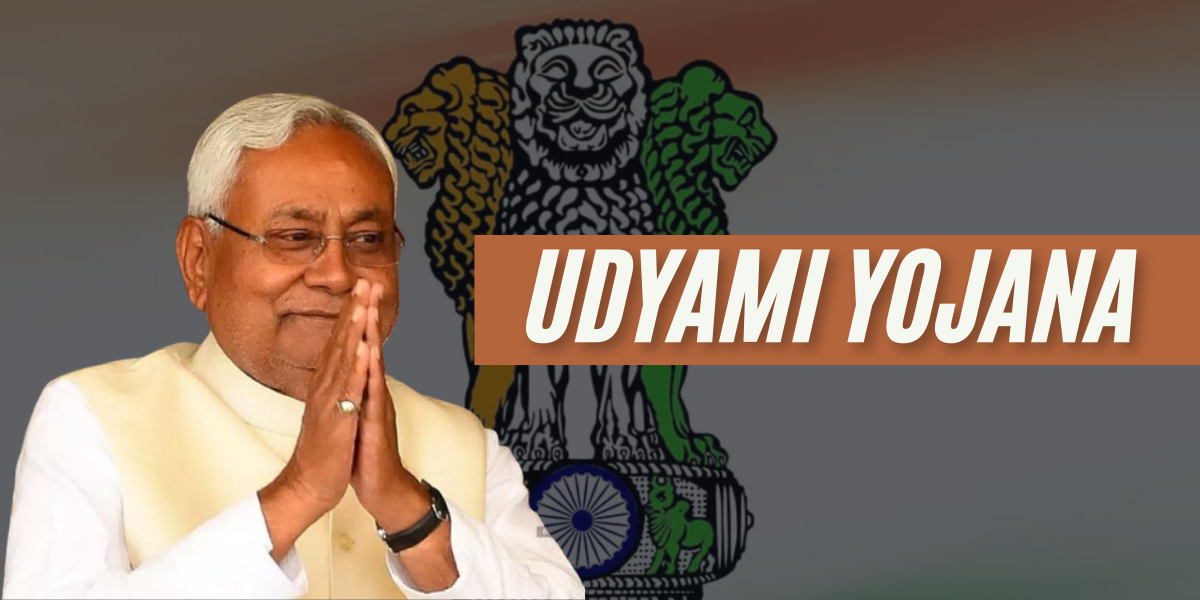To make their country better, governments around the globe introduce various schemes or plans. One of them, very important in India, is the Production-Linked Incentive, or PLI Scheme. It was launched by the government with a vision to empower some industries and make India an economic power.
What is the PLI Scheme?
The PLI Scheme is a type of reward system given to companies. The government rewards them by giving extra money if they increase their number of products in India. It is a basic logic where the more you produce, the more rewards you gain. This scheme primarily involves the increasing of specific industries such as electronics, medicines, textiles, and automobiles that should set up their factories and start making products in India instead of importing from other countries.
Why Did the Government Start the PLI Scheme?
India is a large country with a lot of people and imports much of its stuff from other nations. This translates to the fact that India spends a lot of money on purchasing goods from outside. The government wanted to change the status quo by making India an investment destination in manufacturing, which simply means producing goods in the country.
Here are the principal reasons behind starting the PLI Scheme:
| Schemes | Overview |
| Make in India | The government wishes more things to be produced in India so that people will get employment and would make the economy stronger. |
| Import Reduction | By producing goods in India, we can reduce our dependency on other countries for products like phones, machines, and medicines. |
| Provide Employment | More factories will result in more employment of people, making the lives of many families as a whole better. |
| Export Goods | India can also export the goods made to other countries, earning us money and respect in the world. |
PLI Scheme Working
The PLI Scheme works in a very structured way. Here’s how it functions:
- Setting Targets: The government sets specific production goals for different industries. For example, a mobile phone company must manufacture a certain number of phones to qualify for the incentive.
- Rewarding Companies: If a company achieves the target, it gets a financial reward or incentive from the government.
- Encouraging Investment: The scheme also encourages foreign companies to invest in India and set up factories here.
Which Industries Benefit from the PLI Scheme?
The PLI Scheme covers many industries. Let’s look at some of the key ones:
| Schemes | Overview |
| Electronics | Companies manufacturing mobile, televisions, and other electronic goods will benefit from the scheme. |
| Pharmaceuticals (Medicines) | The scheme will benefit all the companies producing medicines, as well as medical equipment in the country of India. |
| Automobiles | Car and two-wheeler manufacturers are motivated to make more vehicles in the country-India. |
| Textiles | Clothes and fabric-making companies are also supported to uplift the textile industries. |
| Renewable Energy | The Government encourages companies to produce solar panels, batteries, and all such products. |
Benefits of the PLI Scheme
The PLI Scheme brings several benefits to India:
- Boosts Manufacturing: It encourages more industries to manufacture goods in India, making the country self-reliant.
- Job Creation: With new factories and industries, millions of people can find employment.
- Economic Growth: Producing more goods leads to a stronger economy, benefiting everyone in the country.
- Global Recognition: The scheme helps India compete with other countries in industries like technology and manufacturing.
- Better Infrastructure: When companies invest in India, they also build roads, factories, and other facilities, improving the overall infrastructure.
Challenges of the PLI Scheme
While the PLI Scheme is a great idea, it has some challenges too:
- High Competition: Companies have to work hard to meet the targets set by the government.
- Initial Costs: Setting up factories and production units requires a lot of money, which can be difficult for some businesses.
- Skilled Workers: Factories need skilled workers, and sometimes there are not enough trained people for specific industries.
- Global Market Uncertainty: Changes in the global market, such as prices or demand, can affect the success of the scheme.
Success Stories of the PLI Scheme
The PLI Scheme has already shown some positive results. For example:
- Mobile Phones: India has become one of the largest manufacturers of mobile phones in the world, thanks to the PLI Scheme.
- Medicines: Many pharmaceutical companies have started producing important drugs and medical equipment in India.
- Electronics: Global brands like Samsung and Apple are now making their products in India, creating jobs and reducing imports.
Future of the PLI Scheme
The PLI Scheme, to be operated by the government, will be further expanded for more and more industries, such as toys, furniture, and chemicals. This shall contribute to increased business and work opportunities within India, and that is why India would become a global leader in manufacturing and innovation.
Conclusion
The Production Linked Incentive Scheme is one significant tool to give a boost to the manufacturing sectors of India. It encourages firms to increase production in India, thereby decreasing imports, and jobs, and developing the economy. The scheme also brings in foreign investments and builds better infrastructure while placing India on the world map as a manufacturing hub. While the challenges consist of demand for skilled labor, and high competition, the benefit far outshines them. This scheme of PLI is a movement to make India self-reliant and economically strong.
Read More Blogs:)



